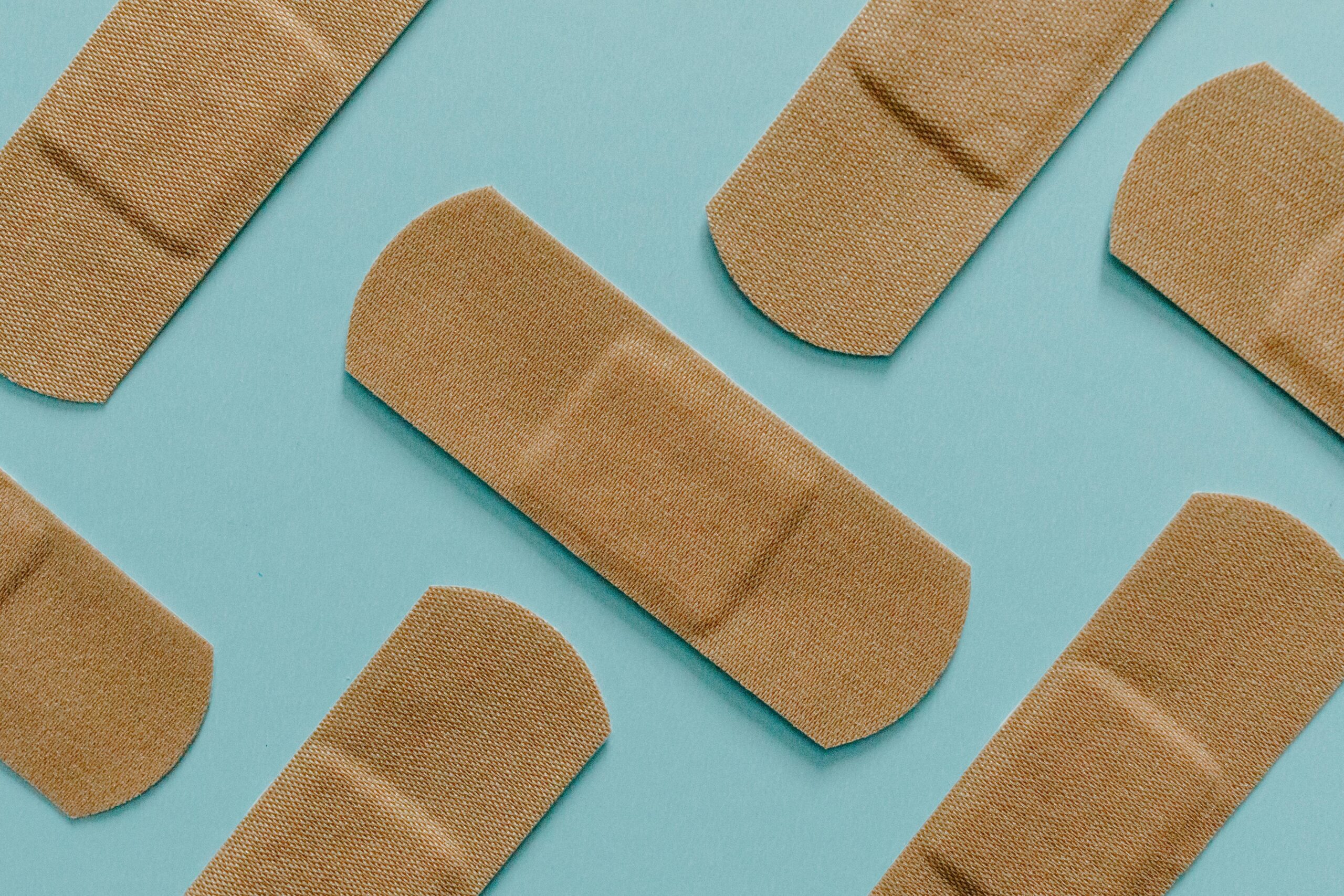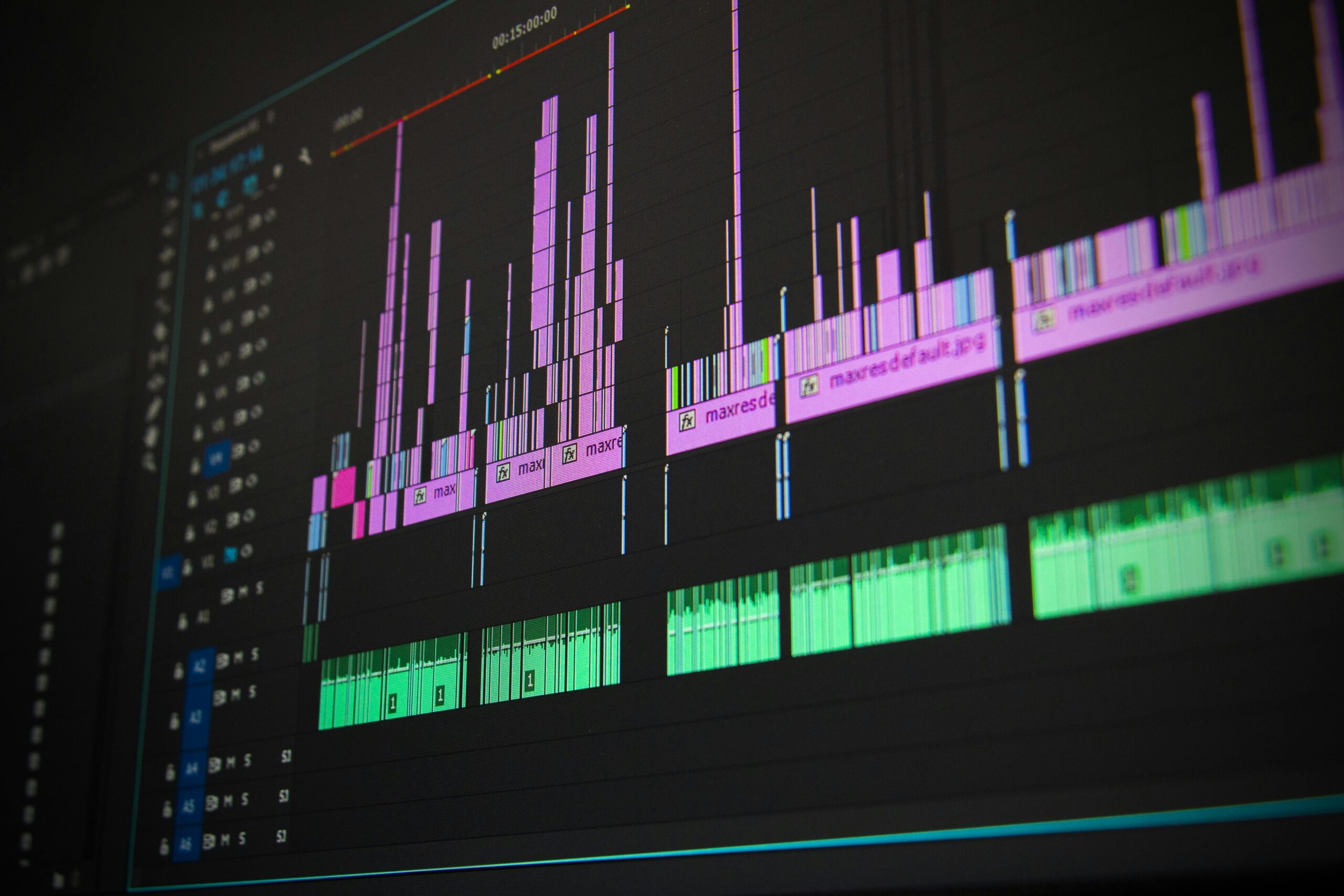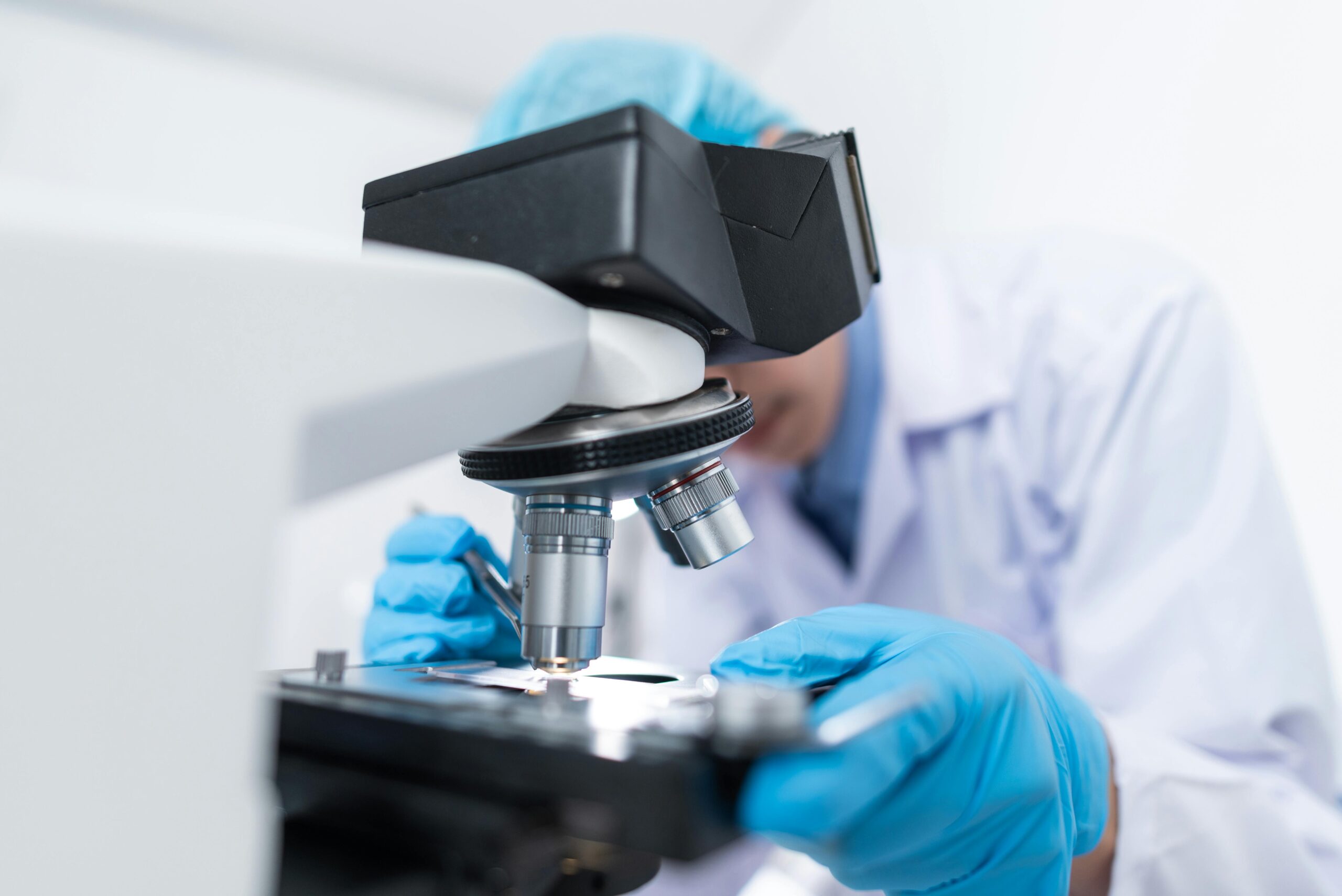Modern medicine stands at the threshold of unprecedented innovation, where cutting-edge technologies and novel therapeutic approaches are revolutionizing how we heal wounds and perform transplantations. These breakthroughs promise faster recovery times and improved patient outcomes across diverse clinical settings.
The convergence of biotechnology, regenerative medicine, and digital health solutions has created a transformative landscape in wound care and transplantation. Healthcare professionals now possess an expanding arsenal of tools that address complex healing challenges previously considered insurmountable, offering hope to millions of patients worldwide who suffer from chronic wounds or await life-saving transplants.
🔬 The Evolution of Wound Healing Technologies
Wound healing has evolved dramatically from traditional bandaging to sophisticated interventions that actively participate in the regeneration process. Advanced wound dressings now incorporate bioactive compounds, growth factors, and even living cells that accelerate tissue repair while preventing infection. These intelligent materials respond to wound conditions, releasing therapeutic agents precisely when needed.
Negative pressure wound therapy has emerged as a game-changing modality for complex wounds. This technique applies controlled suction to the wound bed, promoting granulation tissue formation, reducing edema, and enhancing blood flow. Clinical evidence demonstrates significant improvements in healing rates for diabetic ulcers, pressure injuries, and surgical wounds that previously resisted conventional treatment approaches.
Bioengineered Skin Substitutes: A New Frontier
Tissue-engineered skin products represent remarkable achievements in regenerative medicine. These bioengineered constructs contain living dermal and epidermal components that integrate with the patient’s own tissue, providing both structural support and biological signals essential for healing. Unlike traditional skin grafts, these substitutes can be manufactured in standardized quantities and stored for immediate availability.
Bilayered living skin equivalents have demonstrated particular success in treating venous leg ulcers and diabetic foot ulcers. These products contain both fibroblasts and keratinocytes within collagen matrices, mimicking the natural architecture of human skin. Clinical trials have shown healing rates exceeding 50% within twelve weeks, compared to approximately 30% with conventional care alone.
💉 Growth Factors and Cellular Therapies
The therapeutic application of growth factors has unlocked new possibilities in wound management. Platelet-derived growth factor (PDGF) therapy, approved for diabetic foot ulcers, stimulates cellular proliferation and angiogenesis. This recombinant protein accelerates wound closure by recruiting and activating cells crucial for tissue repair, including fibroblasts, smooth muscle cells, and inflammatory cells.
Platelet-rich plasma (PRP) therapy harnesses the body’s own healing capacity by concentrating platelets and their associated growth factors. This autologous treatment involves extracting blood, processing it to isolate platelet-rich components, and applying the concentrated solution directly to wounds. Orthopedic surgeons, dermatologists, and wound care specialists increasingly incorporate PRP into treatment protocols for both acute and chronic wounds.
Stem Cell Applications in Wound Repair
Stem cell therapy represents perhaps the most promising frontier in regenerative wound care. Mesenchymal stem cells (MSCs) possess remarkable abilities to differentiate into multiple cell types and secrete factors that modulate inflammation, promote angiogenesis, and stimulate tissue regeneration. Researchers are exploring both systemic administration and localized application of stem cells for various wound types.
Early clinical trials using adipose-derived stem cells for chronic wounds have yielded encouraging results. These cells can be harvested relatively easily through liposuction, expanded in culture, and applied to non-healing wounds. Patients with radiation-induced wounds, venous ulcers, and complex surgical wounds have shown improved healing trajectories following stem cell treatments.
🏥 Revolutionary Approaches in Transplantation Medicine
Transplantation medicine continues to push boundaries through innovative preservation techniques, immunosuppression strategies, and even xenotransplantation possibilities. Machine perfusion systems now maintain donor organs in near-physiological conditions, significantly extending viable preservation times and improving post-transplant outcomes compared to traditional cold storage methods.
Normothermic machine perfusion represents a paradigm shift in organ preservation. By maintaining organs at body temperature with oxygenated blood or specialized solutions, these systems allow real-time assessment of organ viability and even therapeutic interventions before transplantation. Hearts, lungs, livers, and kidneys all benefit from this technology, which has expanded the donor pool by making previously marginal organs transplantable.
Immunomodulation: Beyond Traditional Suppression
Innovative immunological strategies aim to induce transplant tolerance rather than simply suppressing rejection. Researchers are developing targeted therapies that selectively modulate immune responses, potentially eliminating the need for lifelong immunosuppression with its associated complications. These approaches include regulatory T-cell therapy, mixed chimerism protocols, and novel biologics that block specific rejection pathways.
Belatacept, a fusion protein that prevents T-cell activation, exemplifies next-generation immunosuppression. Unlike calcineurin inhibitors that damage kidneys over time, belatacept preserves renal function while effectively preventing rejection. Long-term studies demonstrate superior kidney transplant survival rates and improved patient outcomes, representing a significant advancement in post-transplant care.
🌟 The Role of Artificial Intelligence and Digital Health
Artificial intelligence is revolutionizing wound assessment and management through automated image analysis and predictive analytics. Machine learning algorithms can now evaluate wound photographs, measure dimensions accurately, identify tissue types, and predict healing trajectories with remarkable precision. These tools enhance clinical decision-making and ensure consistent, objective wound documentation.
Telemedicine platforms integrated with AI-powered wound analysis enable remote monitoring and consultation, particularly valuable for patients in rural areas or those with mobility limitations. Healthcare providers can track healing progress, adjust treatment plans, and identify complications early without requiring frequent in-person visits. This approach improves access to specialized wound care while reducing healthcare costs.
Wearable Sensors and Smart Dressings
Intelligent wound dressings equipped with biosensors represent the cutting edge of wound monitoring technology. These devices continuously measure parameters such as temperature, pH, moisture levels, and bacterial presence, transmitting data wirelessly to healthcare providers. Real-time monitoring enables prompt intervention when infection or other complications develop, preventing serious adverse outcomes.
Flexible electronics embedded in ultra-thin dressings can detect inflammatory biomarkers and deliver targeted therapy in response to wound conditions. These smart dressings combine diagnostic and therapeutic capabilities in a single platform, creating a closed-loop system that autonomously adjusts treatment based on wound status. Early prototypes have demonstrated feasibility in laboratory and clinical settings.
🧬 Genetic Engineering and Personalized Medicine
CRISPR gene-editing technology opens extraordinary possibilities for both wound healing and transplantation. Researchers are exploring genetic modifications that could create universal donor organs, eliminate rejection risks, and enhance regenerative capacity. While still largely experimental, these approaches may fundamentally transform transplantation within the coming decades.
Personalized medicine approaches tailor wound treatments based on individual genetic profiles, comorbidities, and wound characteristics. Molecular diagnostics identify biomarkers that predict healing potential and treatment response, enabling clinicians to select optimal therapies for each patient. This precision approach maximizes efficacy while minimizing unnecessary interventions and associated costs.
Extracellular Matrix Scaffolds and Tissue Engineering
Decellularized extracellular matrix products provide biological scaffolds that support tissue regeneration while minimizing immune responses. These materials, derived from human or animal tissues, retain the complex three-dimensional architecture and biochemical composition necessary for cell attachment, migration, and differentiation. Applications range from simple wound coverage to complex reconstructive procedures.
Urinary bladder matrix, porcine small intestinal submucosa, and human dermal matrices have all demonstrated clinical success across diverse wound types. These scaffolds gradually remodel as host cells infiltrate and deposit new tissue, eventually integrating completely with surrounding structures. The versatility and effectiveness of matrix-based products have made them standard options in advanced wound care algorithms.
⚡ Emerging Modalities: From Light to Electricity
Photobiomodulation, commonly known as low-level light therapy, utilizes specific wavelengths of light to stimulate cellular metabolism and accelerate wound healing. Red and near-infrared light penetrate tissues, enhancing mitochondrial function, increasing ATP production, and modulating inflammatory responses. Clinical studies support its efficacy for various wound types, including diabetic ulcers, burns, and surgical incisions.
Electrical stimulation therapies harness bioelectric signals that naturally occur during wound healing. By applying carefully controlled electrical currents to wound sites, clinicians can enhance cellular migration, promote angiogenesis, and accelerate tissue repair. This non-invasive modality shows particular promise for chronic wounds that have stalled in the healing process.
Hyperbaric Oxygen Therapy: Breathing New Life into Wounds
Hyperbaric oxygen therapy (HBOT) delivers 100% oxygen at elevated atmospheric pressures, dramatically increasing oxygen levels in blood and tissues. This enhanced oxygenation combats anaerobic bacteria, reduces inflammation, stimulates growth factor production, and promotes collagen synthesis. HBOT serves as an essential adjunctive treatment for complex wounds including diabetic foot ulcers, compromised grafts, and radiation injuries.
Evidence-based protocols now guide appropriate patient selection and treatment parameters for HBOT. Typical regimens involve daily sessions over several weeks, with patients spending 90-120 minutes in specialized chambers. While resource-intensive, HBOT can prevent amputations and save limbs when integrated into comprehensive wound management programs.
🌐 Multidisciplinary Approaches and Integrated Care Models
Modern wound care and transplantation increasingly embrace multidisciplinary collaboration, recognizing that complex cases require diverse expertise. Integrated care teams typically include physicians, nurses, dietitians, physical therapists, and social workers who coordinate interventions addressing all aspects of patient health and recovery.
Wound care centers specializing in difficult-to-heal wounds exemplify this integrated approach. These facilities combine advanced diagnostics, multiple treatment modalities, and coordinated follow-up under one roof. Studies consistently demonstrate superior outcomes and reduced amputation rates at specialized centers compared to fragmented care across multiple providers.
Patient Education and Engagement Strategies
Empowering patients through education significantly improves adherence to treatment protocols and overall outcomes. Comprehensive educational programs teach proper wound care techniques, nutrition strategies, pressure relief methods, and recognition of warning signs requiring medical attention. Digital platforms, including mobile applications and web-based resources, facilitate ongoing patient engagement between clinical visits.
Self-management support helps patients become active participants in their healing journey rather than passive recipients of care. When patients understand the rationale behind treatments and possess skills to manage their conditions, they demonstrate better glycemic control, improved wound care compliance, and enhanced quality of life throughout the recovery process.
🔮 Future Horizons: What Lies Ahead
The future of wound healing and transplantation promises even more remarkable innovations. Three-dimensional bioprinting may soon produce custom tissue constructs perfectly matched to individual patient needs. Nanotechnology could deliver therapeutics with unprecedented precision while monitoring healing at the molecular level. Regenerative medicine may eventually enable humans to regrow damaged tissues much like salamanders regenerate lost limbs.
Xenotransplantation using genetically modified pig organs has achieved breakthrough results, with successful transplantation of kidneys and hearts into human recipients. As researchers refine techniques to prevent rejection and ensure long-term function, animal-derived organs may dramatically expand transplant availability, potentially eliminating waitlists that currently cause thousands of preventable deaths annually.

💪 Transforming Lives Through Innovation
These revolutionary clinical applications are not merely theoretical possibilities but practical realities transforming patient care today. Every advancement represents countless hours of research, clinical trials, and dedication from scientists, clinicians, and patients who volunteered for studies. The cumulative impact extends far beyond individual treatments to reshape entire healthcare paradigms.
Chronic wound patients who once faced amputation now walk independently. Transplant recipients enjoy extended survival with improved quality of life. Burn victims recover with minimal scarring. These tangible outcomes validate the investment in innovation and inspire continued progress toward even more effective therapies.
As technologies mature and become more accessible, the benefits of advanced wound care and transplantation will reach broader patient populations. Healthcare systems worldwide are integrating these innovations into standard practice protocols, ensuring that cutting-edge treatments become available not only at major academic centers but also in community hospitals and outpatient settings.
The synergy between technological advancement, biological understanding, and clinical expertise creates an extraordinarily promising landscape for patients facing wounds and transplantation. While challenges remain—including cost considerations, equitable access, and regulatory pathways for novel therapies—the trajectory is unmistakably positive. The future of healing has arrived, bringing with it unprecedented opportunities to restore health, preserve function, and enhance human flourishing.
Toni Santos is a biotechnology storyteller and molecular culture researcher exploring the ethical, scientific, and creative dimensions of genetic innovation. Through his studies, Toni examines how science and humanity intersect in laboratories, policies, and ideas that shape the living world. Fascinated by the symbolic and societal meanings of genetics, he investigates how discovery and design co-exist in biology — revealing how DNA editing, cellular engineering, and synthetic creation reflect human curiosity and responsibility. Blending bioethics, science communication, and cultural storytelling, Toni translates the language of molecules into reflections about identity, nature, and evolution. His work is a tribute to: The harmony between science, ethics, and imagination The transformative potential of genetic knowledge The shared responsibility of shaping life through innovation Whether you are passionate about genetics, biotechnology, or the philosophy of science, Toni invites you to explore the code of life — one discovery, one cell, one story at a time.




